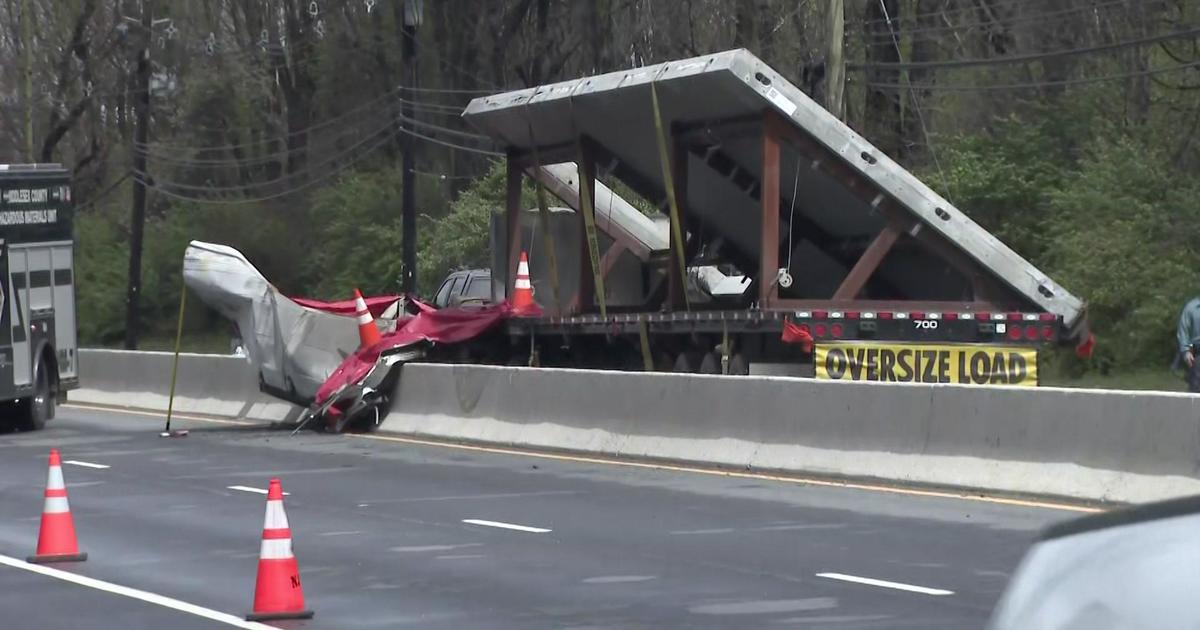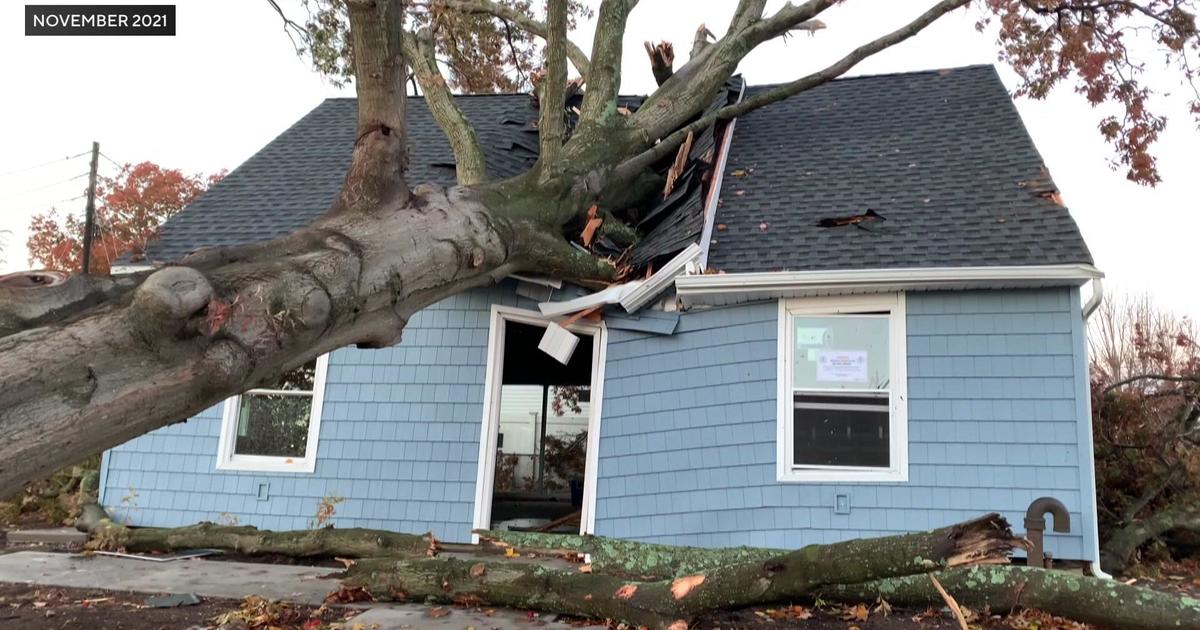75 Years Ago Saturday: Long Island Express Hurricane Devastates The Northeast
NEW YORK (CBSNewYork/AP) -- Seventy-five years ago Saturday, a deadly and fast-moving storm hit Long Island and New England and surprised everyone.
As WCBS 880's Mike Xirinachs reported, the storm dubbed the Long Island Express, or the Great Hurricane of 1938, left about 700 people dead when it began plowing up the Northeast coastline at 2:45 p.m. on Sept. 21, 1938.
75 Years Ago Saturday: Long Island Express Hurricane Devastates The Northeast
"It was the strongest, the most devastating, the deadliest and the costliest for the region and still is,'' said Lourdes Aviles, a Plymouth State University meteorology professor in Plymouth, N.H., who this month published the book "Taken by Storm, 1938: A Social and Meteorological History of the Great New England Hurricane.''
WEB EXTRA: National Weather Service Photo Gallery Of Great Hurricane
A weather station in Massachusetts recorded sustained winds of 121 mph and gusts as high as 186 mph - a major storm by modern standards that dwarfs the land wind speeds recorded in storms Irene and Sandy, which also devastated parts of the Northeast in recent years.
"Very fast, it was," said National Weather Service Meteorologist David Stark. "The actual center of the storm was actually in New England an hour later, so it was a very quick hit, but it was very powerful."
Jean Latie had just returned home from school when the winds and rain whipped up.
"Within a very short time, the water started coming down from the ocean," she said. "We could see other houses disappearing right in front of our eyes."
The storm also damaged nearly 60,000 homes. It was the death knell for many mills and factories that had barely survived the Great Depression.
It stripped 4 million bushels of apples from orchards, killed livestock and felled millions of trees, according to Aviles' research. Bridges and dams were destroyed, and rail travel was halted for weeks.
The massive hurricane hit Long Island, Connecticut and then the rest of New England at a time when the ground was already saturated from a long rainy period, WCBS 880 Connecticut Bureau Chief Fran Schneidau reported.
"It took weeks to even get access to some places. It took months to clean up, several weeks to restore power to the 80 percent of the region that lost its power," said Aviles. "The amount of flooding and tree damage and forest destruction that happened was just immense, unimaginable."
The landscape of the region was forever changed because of the storm, Aviles said.
The hurricane's death toll varies from 500 to 800, depending on the source. Aviles adopts the Works Progress Administration's count of 682. Tidal surges as high as 26 feet were recorded, and Rhode Island suffered the most casualties.
Despite the recent woes brought by Sandy and Irene, any similar storm in the future will beset a population that has no appreciation of what a true hurricane is, Aviles said.
"No matter what storm you think about in the last century,'' she said, "nothing here compares with 1938.''
Stark said the storm taught the area many lessons.
"We are in an area that's prone to seeing these," he said. "We just don't know exactly when they're going to hit."
Stark said preparedness is crucial.
You May Also Be Interested In These Stories
(TM and © Copyright 2013 CBS Radio Inc. and its relevant subsidiaries. CBS RADIO and EYE Logo TM and Copyright 2013 CBS Broadcasting Inc. Used under license. All Rights Reserved. This material may not be published, broadcast, rewritten, or redistributed. The Associated Press contributed to this report.)



